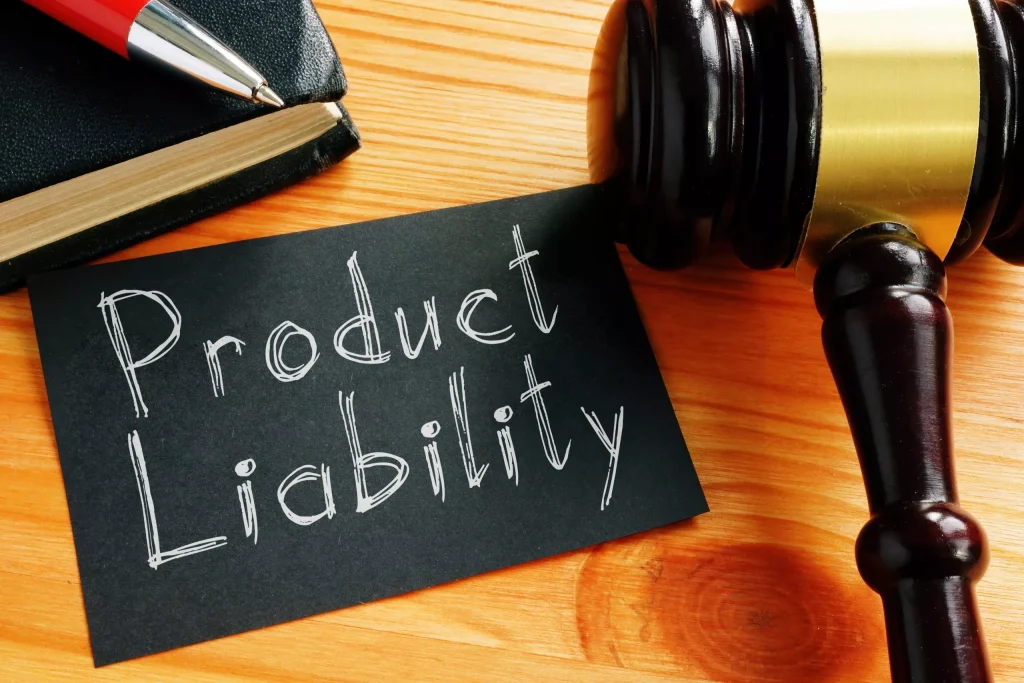Product liability is a crucial aspect of consumer protection law that holds manufacturers, distributors, and sellers accountable for the safety and quality of the products they provide to the public. When defects in products lead to harm or injury, consumers have the legal right to seek compensation through product liability cases with the help of a Product liability attorney.
Let’s delve into the common types of product liability cases that individuals may encounter:
- Design Defects
Design defects occur when a product’s fundamental design is inherently unsafe, posing risks to consumers even if manufactured correctly. These defects affect all products within a specific line or model. For example, a smartphone with a design flaw that causes it to overheat and catch fire represents a design defect.
- Manufacturing Defects
Manufacturing defects occur during the production process, resulting in individual products or batches deviating from the intended design. Unlike design defects, these issues are not part of the product’s original design but arise during manufacturing. An example is a car missing essential brake components due to an assembly line error.
- Marketing Defects (Failure to Warn)
Marketing defects, also known as failure-to-warn claims, involve inadequate instructions or warnings about potential risks associated with product use. If a product lacks proper labeling, safety warnings, or usage instructions, and consumers are injured as a result, then manufacturers can be held liable. Failure to warn about the side effects of a medication also falls under this category.
- Strict Liability
Under strict liability, manufacturers are held responsible for defective products regardless of fault or negligence. This legal principle focuses on the product’s condition rather than the actions of the manufacturer. It simplifies the burden of proof for consumers seeking compensation for injuries caused by faulty products.
- Breach of Warranty
Breach of warranty occurs when a product fails to meet the promises made by the manufacturer regarding its quality or performance. There are two main types: express warranties, which are explicitly stated guarantees, and implied warranties, which assure consumers that products are fit for their intended use. Any violation of these warranties can lead to liability claims.
- Pharmaceutical and Medical Device Defects
Product liability cases involving pharmaceuticals and medical devices often revolve around issues such as manufacturing flaws, undisclosed side effects, improper labeling, or contamination. Given the potential impact on public health and safety, defects in these products can lead to severe injuries and legal actions against the companies responsible.
Read More: The Revolution in Online Poker Powered by Modern Technology
